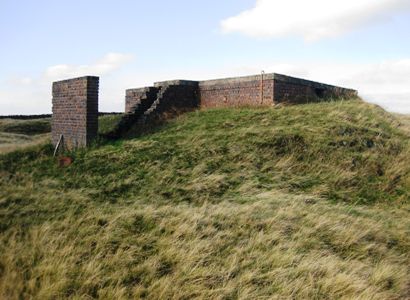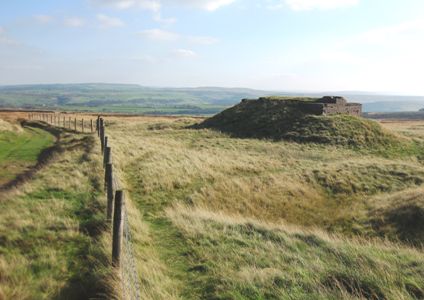
Dummy Aerodrome - Operation Starfish

During daylight hours the outbuildings and apparatus could easily be mistaken for normal farm buildings and sheds, but when fired up at night they resembled incendiaries and bombs exploding with buildings on fire and in the Sowerby site probably incorporating the red and green railway signaling devices.
These "dummy aerodromes" were called Starfish sites and were used to decoy German night bombers away from bombing real towns. This was Britain's way of deceiving German bomber pilots, and was designed to protect various targets, which could include airfields, factories, and even cities. They were established in July 1940 by the National Decoy Authority, as part of a programme of civil defences known as the "C-series" of civil decoys. They were operated by lighting a series of controlled fires and various pyrotechnic displays during an air raid, in order to simulate an urban area being targeted by bombs. There were various types of smaller sites including the "QL" decoy sites which used a grid "strip light" system which muted lights to resemble factories with a badly observed blackout system.

"Starfish" were large fire decoys which replicated explosions and fires that occurred during air raids they usually included a boiling oil trough linked to oil and water tanks. The trough contained creosote and coal, diesel oil was then fed in and ignited, after 15 minutes some water was released into the trough which produced a violent explosion and a burst of flame, up to thirty feet high; the same effect as trying to put out a frying pan fire with a spray of water.
The concrete bunker was a two roomed control area which housed the servicemen and women, entry was gained behind the Blast Wall through a short passage, and the decoy fire was located SW facing Great Manshead hill.
The name "Starfish" came from the name of one of the sites from its original code, SF for Special Fire
By John Kerridge